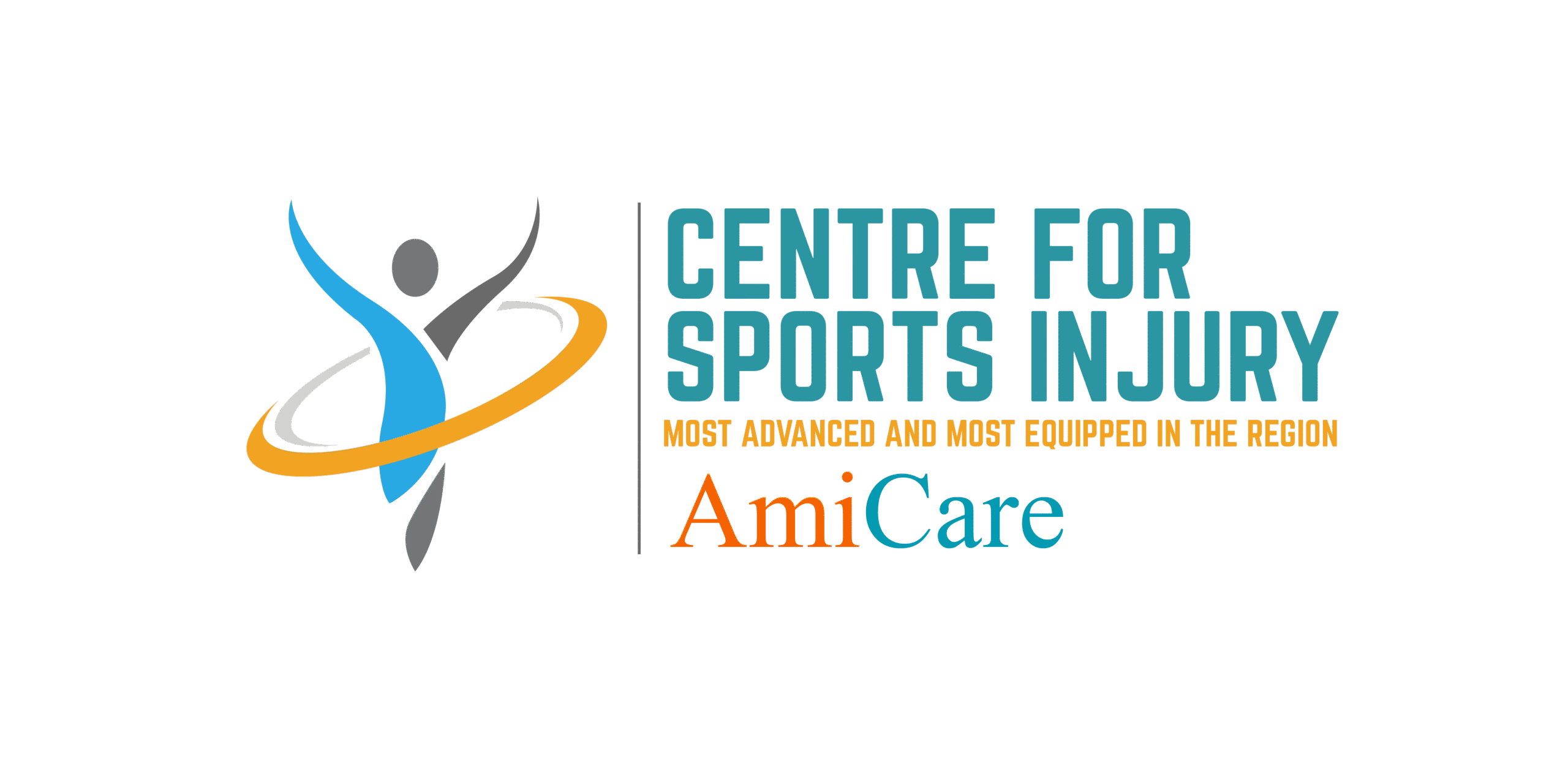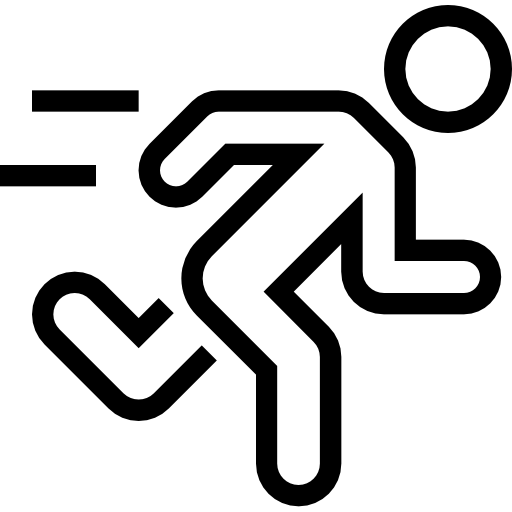Ankle Ligament Injuries Treatment
Best ankle ligament treatment in Ghaziabad
At Amicare, we specialize in helping sports players regain full fitness and get back to their game through expert ankle ligament injury treatment. Led by Dr. Himanshu Gupta, a highly skilled orthopedic surgeon with over 10 years of experience and advanced training from Germany, Singapore, and Japan, our team delivers world-class care. Dr. Gupta has successfully performed over 1,000 knee surgeries, demonstrating exceptional expertise in sports-related injuries.
Our treatment approach combines precision, advanced techniques, and personalized care. Using small-incision keyhole surgery, we minimize recovery time, reduce pain, and promote faster rehabilitation. At our sports injury center, we understand that every athlete’s needs are unique, so we design individualized treatment plans to restore mobility, strength, and confidence. Whether it’s a mild sprain or a severe tear, Amicare is committed to helping you recover safely and return to peak performance on the field.
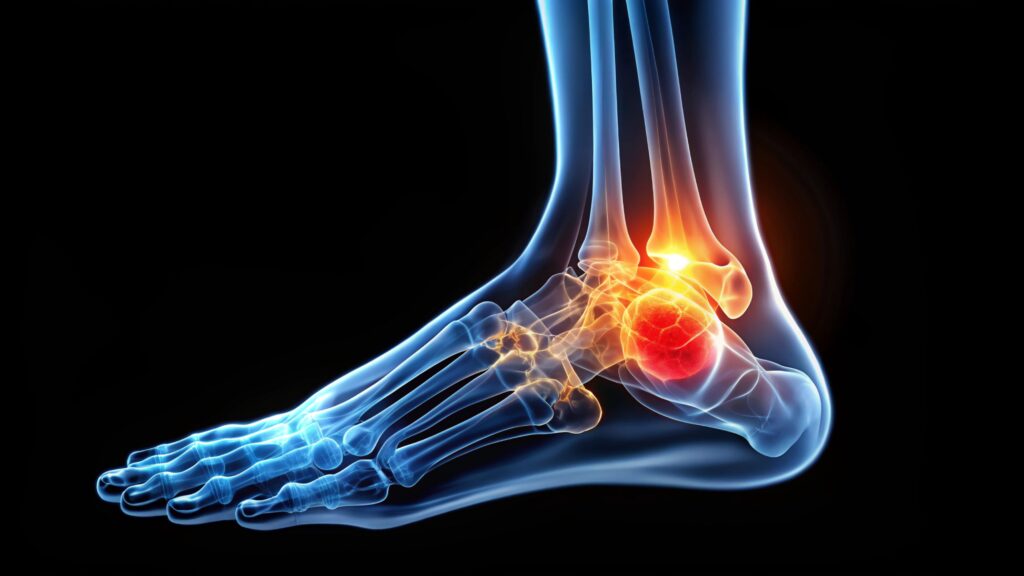
How Does an Ankle Ligament Injury Happen?
An ankle ligament injury is one of the most common issues faced by athletes and active individuals. Whether you’re a professional sportsperson or someone who enjoys regular workouts, this type of injury can strike suddenly and sideline your performance. Understanding how it happens is key to both prevention and effective ankle ligament injury treatment.
What Causes ACL Injuries?
Twisting or Rolling the Ankle – Sudden inward turn damages outer ankle ligaments, common in sports.
Improper Landing from a Jump – Landing awkwardly strains ligaments, often needing rehab.
Weak Muscles or Poor Balance – Weak ankles make ligaments overwork, risking injury.
Types of Ankle Ligament Injury: Understanding ATFL & CFL
When it comes to an ankle ligament injury, the most commonly affected ligaments are the Anterior Talofibular Ligament (ATFL) and the Calcaneofibular Ligament (CFL). These ligaments play a crucial role in stabilizing the ankle joint, especially during sports or high-impact movement.
Understanding which ligament is injured helps determine the right ankle ligament injury treatment and recovery strategy, especially when incorporating physiotherapy for ankle ligament injury.

Ligament | Full Form | Injury Cause | Common In |
ATFL | Anterior Talofibular Ligament | Inward twist of the ankle | Mild to severe ankle sprains |
CFL | Calcaneofibular Ligament | Repeated or forceful inversion | Moderate to severe sprains |
Anterior Talofibular Ligament (ATFL) Injury
What is it?
The ATFL is the most commonly injured ligament in the ankle. It connects the talus (ankle bone) to the fibula (lower leg bone) and is located on the front outer side of the ankle.
How it gets injured:
An ATFL injury usually occurs when the foot turns inward (inversion), especially during sudden stops or awkward landings. This type of ankle ligament injury is common in sports like basketball, football, and running.

Notice the Signs Before It’s Serious
Know the signs of an ankle ligament injury before it gets worse.

Sharp Pain on the Outer Side of the Ankle
Sudden, intense pain felt on the outside of the ankle after a twist or injury.

Swelling and Tenderness
Visible swelling and sensitivity to touch, often within hours of injury.

Difficulty Putting Weight on the Foot
Pain or instability when standing or walking, making movement challenging.

Calcaneofibular Ligament (CFL) Injury
What is it?
The CFL is located beneath the ATFL and connects the fibula to the heel bone (calcaneus). It provides lateral (side-to-side) stability to the ankle.
How it gets injured:
CFL injuries often happen alongside ATFL injuries, especially when there’s a high-force twist or roll of the ankle. It is usually injured in more severe ankle ligament injury cases.
Symptoms of CFL Injury
- Deep pain on the outer ankle
- Significant instability
- Swelling that may extend to the heel
Reduced range of motion

Why Is It Important to Treat an Ankle Ligament Injury?
An ankle ligament injury can severely impact an athlete’s performance, mobility, and long-term joint health. Ignoring the signs or delaying proper ankle ligament injury treatment increases the risk of complications that can keep you off the field for much longer than expected.

Direct Impact on Athletic Performance
- The ankle joint plays a vital role in agility, speed, and balance.
- Even a partial ankle ligament injury can reduce movement efficiency, affect coordination, and slow reaction time in sports.
- Without treatment, athletes often continue performing with pain and instability—leading to subpar performance.
Risk of Chronic Ankle Instability
- An untreated ankle ligament injury can lead to chronic instability—where the ankle frequently “gives out,” even during routine activities like walking or climbing stairs.
- This weakens the joint over time and increases the chance of repeated sprains or injuries.
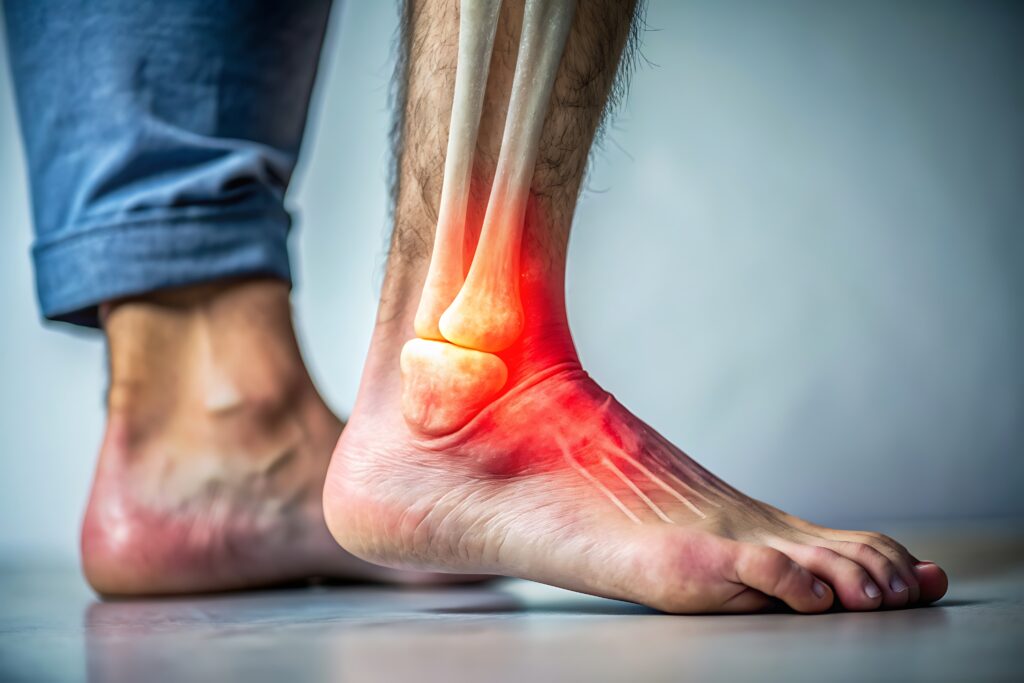
Long-Term Joint Damage
- Repeated strain on an unstable ankle may cause early arthritis, cartilage breakdown, and joint deformities.
- Proper ankle ligament injury treatment reduces the risk of these complications by restoring full function and stability.
Faster & Safer Recovery
- Early diagnosis and a structured ankle ligament injury treatment plan help speed up healing.
- This often includes a combination of arthroscopy, physiotherapy, and sport-specific rehab to ensure a full and safe return to activity.
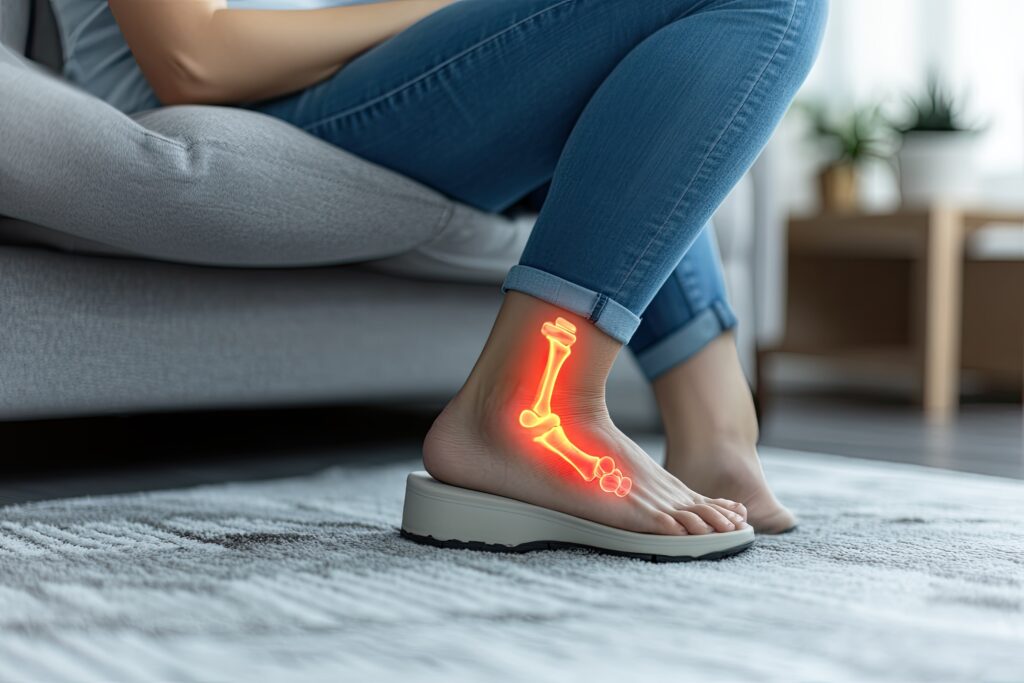
Enhances Long-Term Athletic Potential
- Getting the injury treated right the first time means you can get back on the field confidently.
- At Amicare, Ghaziabad, our specialized care ensures your ankle ligament injury is managed with performance and prevention in mind—so you can compete at your highest level without fear.
The Role of Physiotherapy
- Alongside treatment, targeted physiotherapy supports healing and stability.
- Our recovery programs at Amicare focus on mobility, strength, balance, and sport-readiness through every phase of your rehab.
Why Choose Amicare for Ankle Ligament Sports Injury Treatment?
At Amicare Hospital, Ghaziabad, we understand how critical it is for athletes and active individuals to recover quickly—and correctly—from an ankle ligament injury. That’s why our treatment approach combines medical precision, sports expertise, and advanced rehabilitation techniques.
Frequently Asked Question
Recovery time for ankle ligament injuries depends on the severity. Mild sprains may heal in 2 to 4 weeks, moderate tears often require 6 to 8 weeks, while severe or complete ligament tears can take 3 to 6 months to fully recover. Early treatment and rehabilitation are key to faster healing.
To heal ankle ligaments quickly, follow the RICE method (Rest, Ice, Compression, Elevation) immediately after injury. Use an ankle brace for support, avoid putting excess weight on the ankle, and start gentle physiotherapy once recommended by your doctor. Eating a nutrient-rich diet and staying consistent with rehab exercises can also speed up recovery.
Ankle ligament injuries are usually treated with a combination of rest, ice therapy, compression bandages, and elevation to reduce swelling. Mild cases may require only supportive bracing and physical therapy, while severe tears might need immobilization in a cast or, in rare cases, surgery. A physiotherapist can help restore mobility and strength.
Walking with an ankle ligament tear depends on the severity of the injury. Mild sprains may allow limited walking with support, but moderate to severe tears usually require rest and restricted movement to prevent further damage. Always consult a doctor before attempting to walk on an injured ankle.
